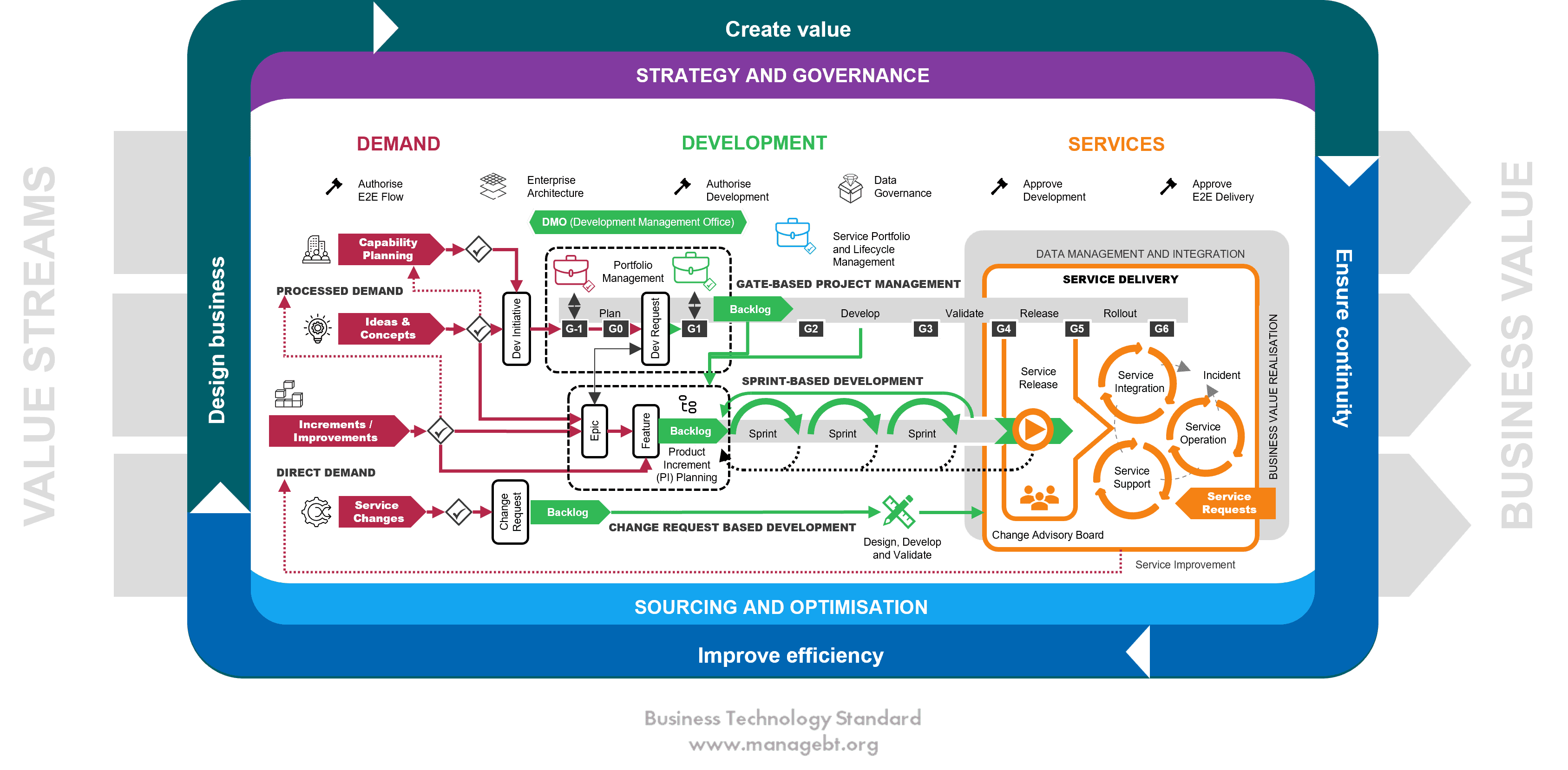Service release and operational readiness aim to ensure that the transition of a new or modified service into a live environment goes as smoothly as possible and that the service meets the predefined operational readiness criteria. The business expectations for service releases are twofold: speed and agility, and error free service delivery. These expectations are difficult, yet possible to achieve at the same time.
A service first becomes available for service users during the service release phase and requires, therefore, careful planning already during the development phase.
There are two ways to release a service:
In both cases, the operational readiness criteria must be fulfilled before go-live and the service must be approved by the change advisory board (CAB). However, standard service changes and pre-approved automated service releases can take place without CAB’s approval. The service integration team or centre provides the service readiness criteria and procedure for the service release.
Figure 6.2.1 Request-to-release governance
The primary focus of operational readiness is to ensure business continuity during and after the service transition of a new solution or service into a live environment. The operational environment has many dependencies and one poorly-planned service transition or service release may jeopardise the integrity and availability of services.
Operational readiness ensures that the service transition, service processes and the support model are well planned, tested, implemented and enabled before the release. In addition, it ensures that the security, data protection and integrity as well as the business continuity aspects are considered for the new service and that the transition does not cause any vulnerabilities to existing services or platforms.
An operational readiness checklist helps to ensure a smooth transition as it provides transparency of operational readiness of services and gives all parties a common understanding of the steps and key criteria for acceptance.
Figure 6.2.2 Procedure for operational readiness
Business needs may sometimes put pressure to deploy premature service releases as the business benefits cannot start accumulating until the service is in use. In cases where all the operational readiness checkpoints cannot be passed and there is a need to put the service in operation, the service release can be done incrementally. In such cases, it is essential to assess the risks, define and agree the mitigation actions and procedures in advance.
When using the incremental approach, the team responsible for the development can support the service operations and work on closing the gaps found in the service acceptance. Once all acceptance criteria are met, the service is ready for launch.
